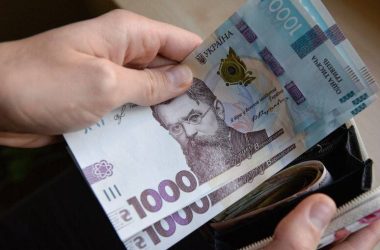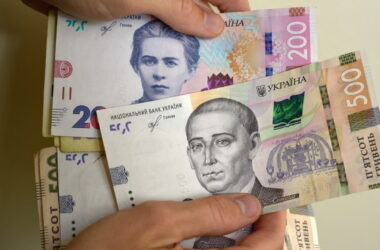Since the beginning of the full-scale war in Ukraine, prices for everything have increased significantly. Statistics record an average increase in the cost of living of 44%. At the same time, there are items of expenditure that have become less expensive, but there are also those that have increased significantly more than the average. For example, electricity prices, according to statistics, have increased by 177.6%, or almost three times.
The LIVE News resource has published figures for price increases by categories of goods and services that are part of everyday life.
The publication notes how prices changed from January 2022 to October 2024, that is, in fact, in 2 years and 10 months. Thus, according to the published statistics, the cost of electricity has increased the most. Prices for electricity have increased by 177.6%, or 2.7 times. Although, if we compare the cost of electricity for the household sector, pre-war and current, we get exactly a threefold increase: from 1.44 UAH/kWh to 4.32. At the same time, water tariffs have also increased, but not as significantly as for electricity. The cost of cold water has become higher on average than in January 2022, by 12.0%.
The cost of tobacco products has increased very significantly. Cigarettes have increased in price by 62.5% on average. Alcoholic beverages have increased in price by 33.1%. But if you can and even should live without alcohol and tobacco, then without food – no way. And food has increased in price by 50.8% on average, that is, more than one and a half times. The prices of medicines and other medical products have increased by more than 45%. Household appliances have become more expensive by almost a third (by 30.1%).
At the same time, according to statistics, the average salary in Ukraine has increased by 22% since the beginning of this year alone, and since the beginning of the full-scale invasion it has become one and a half times higher. That is, if you believe the statistics, the salary of Ukrainians is growing faster than prices. But if you look into the refrigerator, then something is wrong with the statistics.
Probably because the average salary indicator includes both relatively high salaries of military personnel and high salaries of officials.








